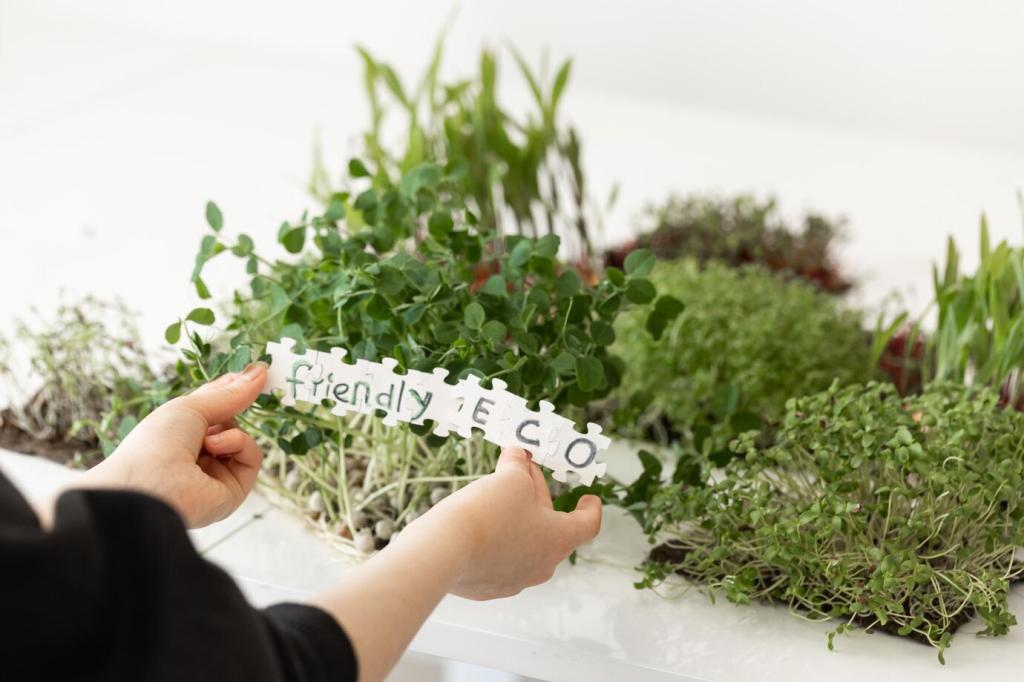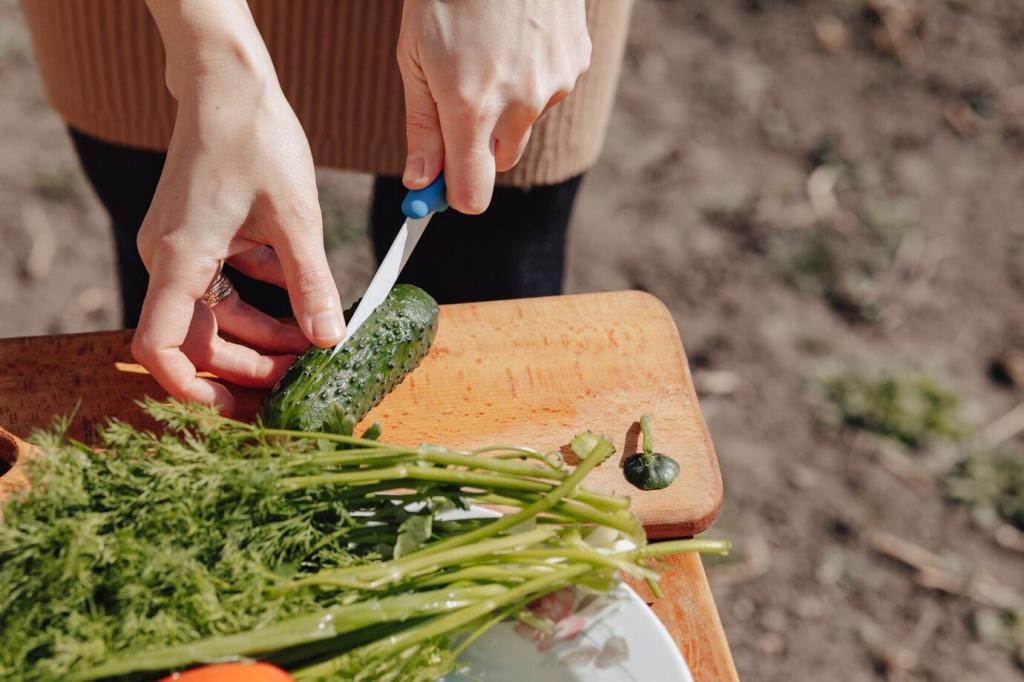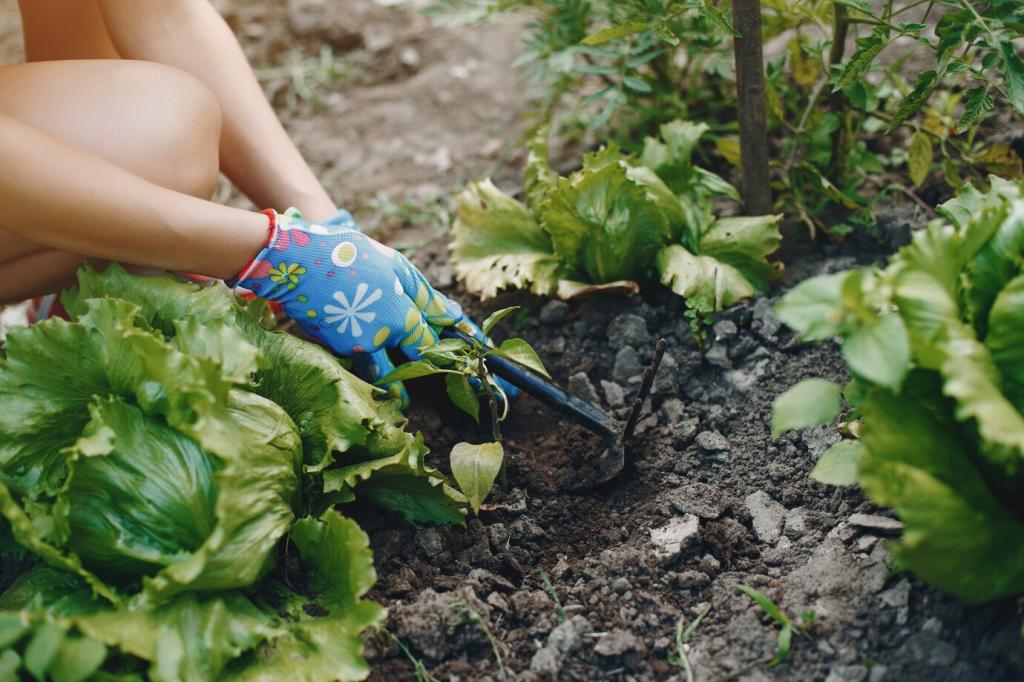Your Turn: Reader Challenges and Submissions
Fill a basket with three homegrown items and choose a cookbook recipe that uses at least two. Post a photo and tasting notes. We will feature standout entries and ask authors to comment on your creative twists.
Your Turn: Reader Challenges and Submissions
Try this: title, recipe tested, what you grew, flavor highlight, one improvement. Example: “Spring Greens Forever, Pea Risotto, balcony mint, bright and grassy, next time extra lemon zest.” Simple, honest, and incredibly helpful to fellow readers.








